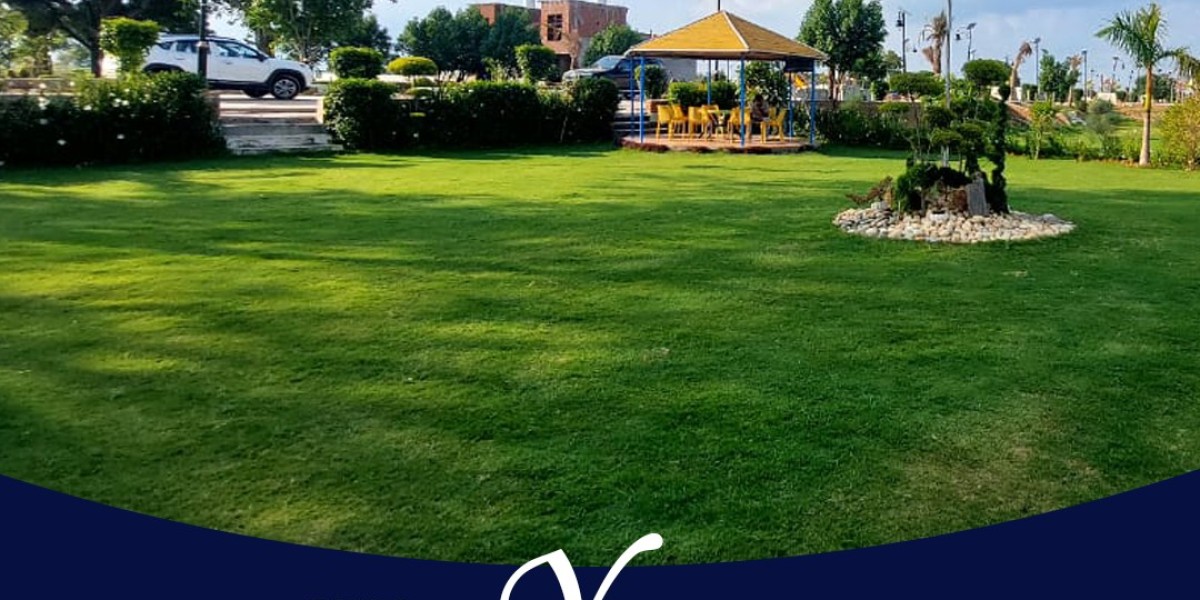When it comes to constructing any building, whether residential or commercial, the foundation is undoubtedly one of the most critical components. A solid foundation ensures stability, durability, and safety. One of the essential elements in modern foundation construction is the foundation boxes. Understanding what foundation boxes are, their importance, types, and installation process can help builders, engineers, and even homeowners make informed decisions that guarantee long-lasting structures.
What Are Foundation Boxes?
Foundation boxes, also known as footing boxes or footing forms, are prefabricated molds or containers used to shape and support concrete footings during construction. They are typically made from durable materials such as plastic, metal, or composite materials, designed to withstand the weight and pressure of concrete as it cures. The primary role of foundation boxes is to provide a consistent, uniform shape and size to the footing, ensuring the load from the building is evenly distributed to the soil below.
Unlike traditional wooden formwork, foundation boxes are reusable and designed for efficiency, reducing labor costs and construction time. They play a crucial role in modern construction by improving the quality and precision of foundations.
Why Are Foundation Boxes Important?
A building's foundation is the first line of defense against structural failure. Poorly constructed foundations can lead to uneven settling, cracks, and in severe cases, catastrophic collapse. Foundation boxes help prevent these issues by ensuring the footing is poured to exact specifications, which is critical for:
Load Distribution: Properly shaped footings distribute the weight of the structure evenly across the ground, reducing stress points.
Durability: Consistent footing dimensions contribute to the foundation’s strength and longevity.
Time and Cost Efficiency: Using foundation boxes speeds up construction and reduces the waste associated with traditional formwork.
Precision: Factory-made boxes ensure uniform size and shape, eliminating human error in measurements and shaping.
These benefits make foundation boxes indispensable, especially in large-scale or complex projects where precision and reliability are non-negotiable.
Types of Foundation Boxes
Foundation boxes come in various types, tailored to different foundation needs. Understanding these types helps in selecting the right box for your project:
Plastic Foundation Boxes
Plastic foundation boxes are lightweight, easy to handle, and reusable. Their resistance to water and chemicals makes them ideal for various soil conditions. They are especially popular in residential projects due to their cost-effectiveness.
Metal Foundation Boxes
Metal boxes, usually made from steel or aluminum, offer exceptional durability and strength. They are perfect for heavy-duty construction where foundations need to support significant loads. Although heavier, their robustness justifies their use in commercial or industrial settings.
How Are Foundation Boxes Installed?
The installation of foundation boxes follows a systematic process that ensures accuracy and structural integrity:
Site Preparation: The construction site is excavated to the required depth, ensuring a stable base free from debris or loose soil.
Placement of Boxes: Foundation boxes are positioned precisely according to the building plan. They are often secured with stakes or braces to prevent movement during concrete pouring.
Reinforcement Installation: Steel reinforcements or rebar are placed inside the boxes to add tensile strength to the concrete footing.
Concrete Pouring: High-quality concrete is poured into the boxes, filling them completely to avoid air pockets and weak spots.
Curing: The concrete is left to cure and harden, usually for several days, before the boxes are removed.
Box Removal and Reuse: Once cured, the boxes are carefully removed and cleaned for reuse on subsequent footings or projects.
This methodical approach guarantees that the foundation footing is strong, well-shaped, and capable of supporting the entire structure.
Common Applications of Foundation Boxes
Foundation boxes are used in a wide range of construction projects, including:
Residential buildings: For footings under walls, columns, and verandas.
Commercial structures: For large-scale footings supporting heavy loads.
Industrial facilities: Where foundation integrity is critical due to machinery and operational stresses.
Infrastructure projects: Such as bridges and retaining walls.
Their versatility makes foundation boxes an essential tool across many sectors of the construction industry.
Tips for Choosing the Right Foundation Box
Selecting the correct foundation box depends on several factors:
Project size and load requirements: Heavier buildings need stronger boxes, often metal or composite.
Soil conditions: Moist or corrosive soils may require boxes resistant to environmental damage.
Budget constraints: Plastic boxes offer affordable solutions for smaller projects.
Reusability needs: If multiple footings are required, investing in durable boxes that can be reused multiple times can save money.
Consulting with a structural engineer or foundation specialist can help ensure you choose the most suitable foundation box for your project.
Conclusion
Foundation boxes are a vital component in modern construction, offering precision, efficiency, and durability to building foundations. Whether you're building a home, commercial property, or an industrial facility, understanding the role and types of foundation boxes can significantly impact your project’s success. By investing in the right Hexa custom boxes and following proper installation techniques, you ensure a strong base that supports your structure safely for decades to come.








